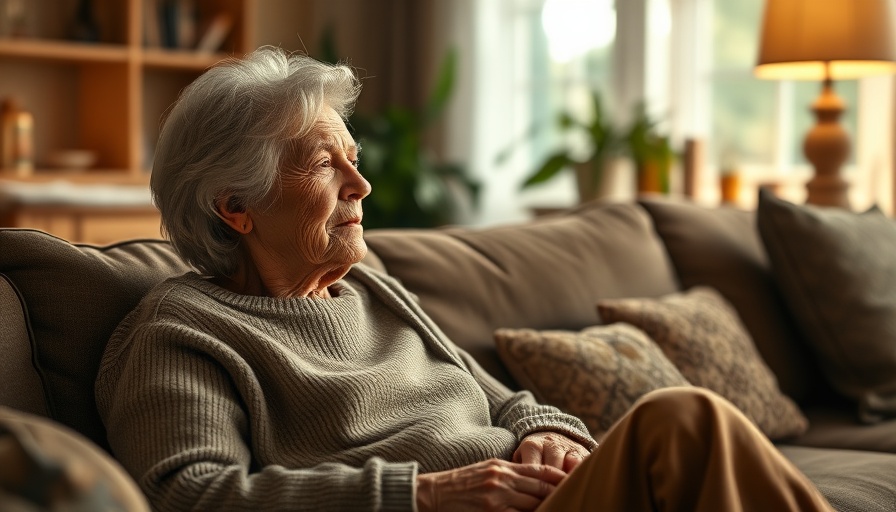
Debunking the Myths: Dementia Rates and Aging
Despite the common belief that dementia rates are on the rise, new research reveals a different story. While it is true that the number of dementia cases seems to be increasing due to a growing elderly population, the individual risk for developing dementia is actually lower than it was for previous generations. Most concerning symptoms typically arise after the age of 85, and today’s older adults are being diagnosed at much later ages—thus reflecting a more nuanced view of dementia across the lifespan.
Understanding Age Bias and Its Impact
Many individuals harbor preconceived notions about aging that can negatively impact their cognitive health. Research shows that positive perceptions about aging can lead to improved physical and mental health outcomes. Becca Levy from Yale University conducted studies demonstrating that those who maintain a positive outlook about aging not only function better, but they also have a reduced risk of cognitive decline. In fact, optimism about aging correlates directly with longer life spans and enhanced cognitive function.
Taking Charge of Your Health
Aging gracefully is not solely dictated by the markers of age but also by our attitudes. Fostering a supportive environment—where positive beliefs about aging are nurtured—can create a buffer against anxiety related to dementia. This points to an essential truth: Much of what impacts our mental health is within our control. As we age, our focus should shift towards building resilience against cognitive biases that can cloud our perceptions of aging.
Actionable Insights for Healthy Aging
So, what can you do to embrace a healthier mindset towards aging? Start by educating yourself on the realities of dementia and aging. Surround yourself with positive narratives about aging. Engage in activities that promote social interaction and mental engagement. Most importantly, challenge any negative stereotypes about aging as you encounter them. Taking a proactive approach not only improves one’s quality of life but may also mitigate the risk factors associated with dementia.
 Add Row
Add Row  Add
Add 




Write A Comment